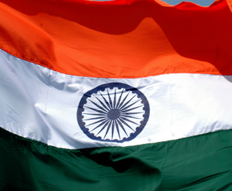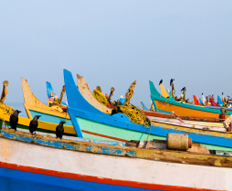India – Setting the Context
India at a Glance
-
India is the second fastest growing major economy globally. The IMF estimates growth of 6.3% in 2015 and 6.5% in 2016, placing it just behind China
-
The Indian economy is supported by highly favourable demographic fundamentals, with an estimated 70% of its citizens under 36 years old and an emerging class of university educated graduates (3.5 million new graduates per annum)
-
This large and active working population, combined with widening opportunities in education and business, underpins a fast growing domestic economy, fuelled by domestic demand
-
Exports are an increasingly important contributor to growth, comprising 25% of GDP in 2013 compared to just 13% in 2000. This figure lags emerging market peers (c.52% for Asia ex-Japan), but leaves India less exposed to fluctuations in international trade
-
The changing regulatory regime is fostering an attractive environment for investment. The Services Sector accounts for c.22% of investment, computer software and hardware for 8%, telecommunications for 8% and housing and real estate for 7%
Political Background
-
India gained independence in 1947, and is the world’s most populous democracy, with 714 million people eligible to vote
-
The Prime Minister is the head of government, and presides over a Council of Ministers composed of elected members of parliament
-
The President is the head of state, and has limited executive power, but can influence the formation of governments when no party has gained an outright majority
-
The judiciary is constitutionally independent
-
The Congress Party and the Bharatiya Janata Party (BJP) they are the two main forces in Indian politics.
-
Government is therefore through coalitions with smaller independent or regional parties often acting as coalition partners; two main alliances have emerged:
-
United Progressive Alliance (“UPA”), led by the Congress Party
-
National Democratic Alliance, led by the BJP
-
-
The NDA was re-elected to government in May 2014, and currently holds 334 seats in parliament.
-
The government is headed by Mr. Narendra Modi, a former chief minister of Gujrat state in India.




